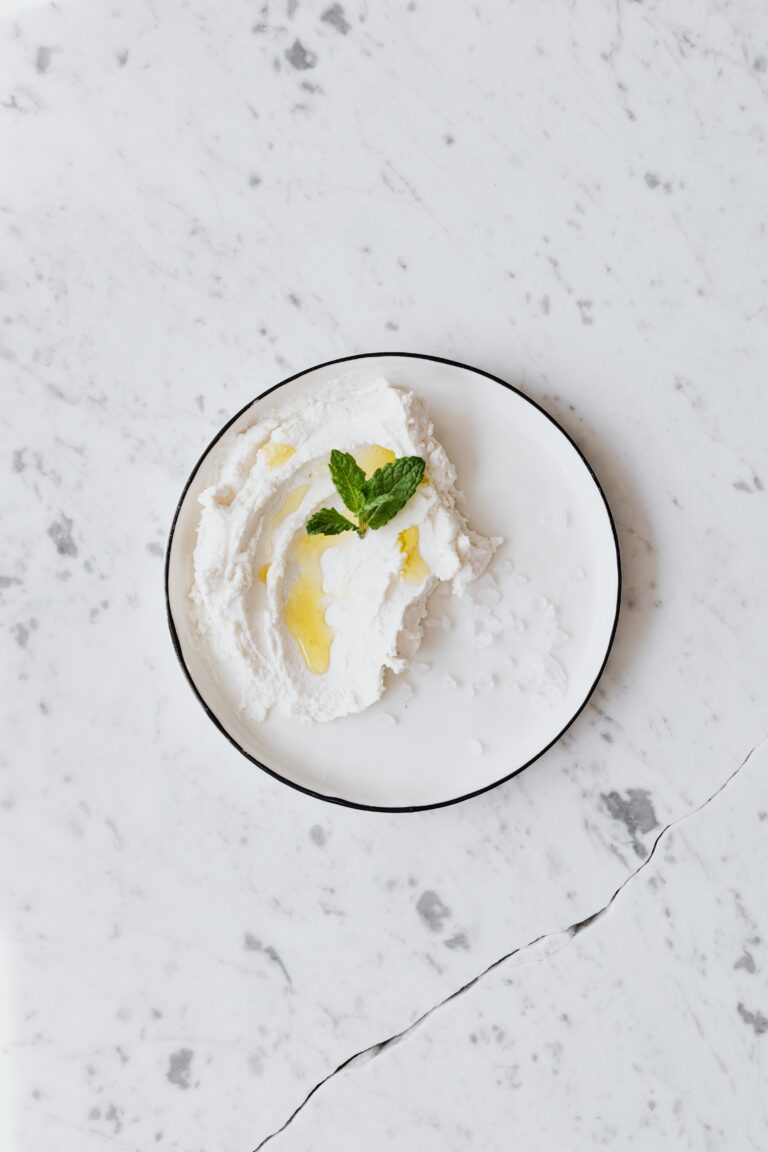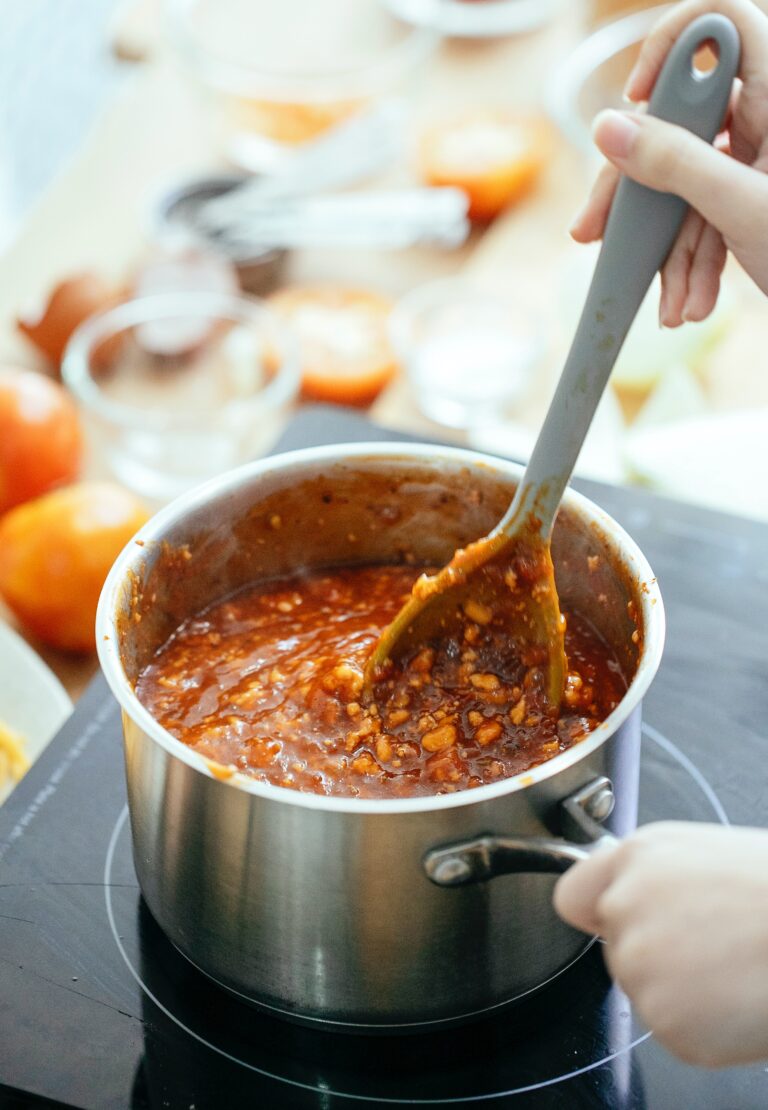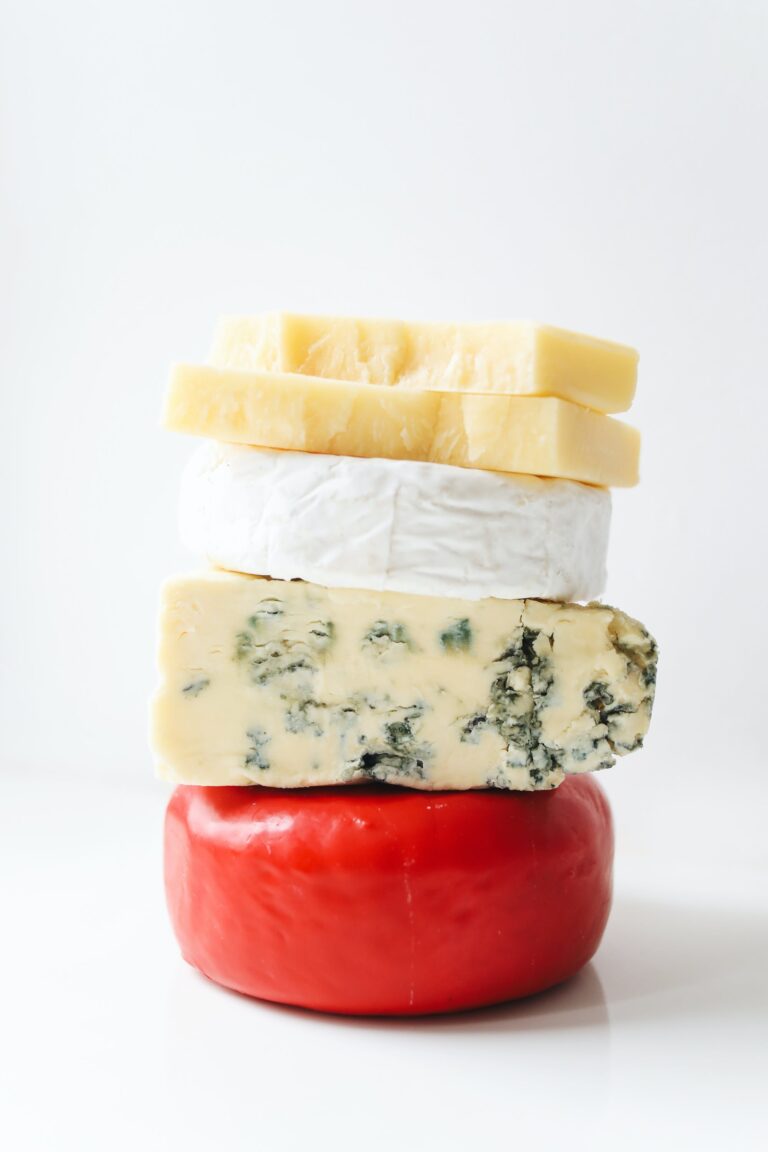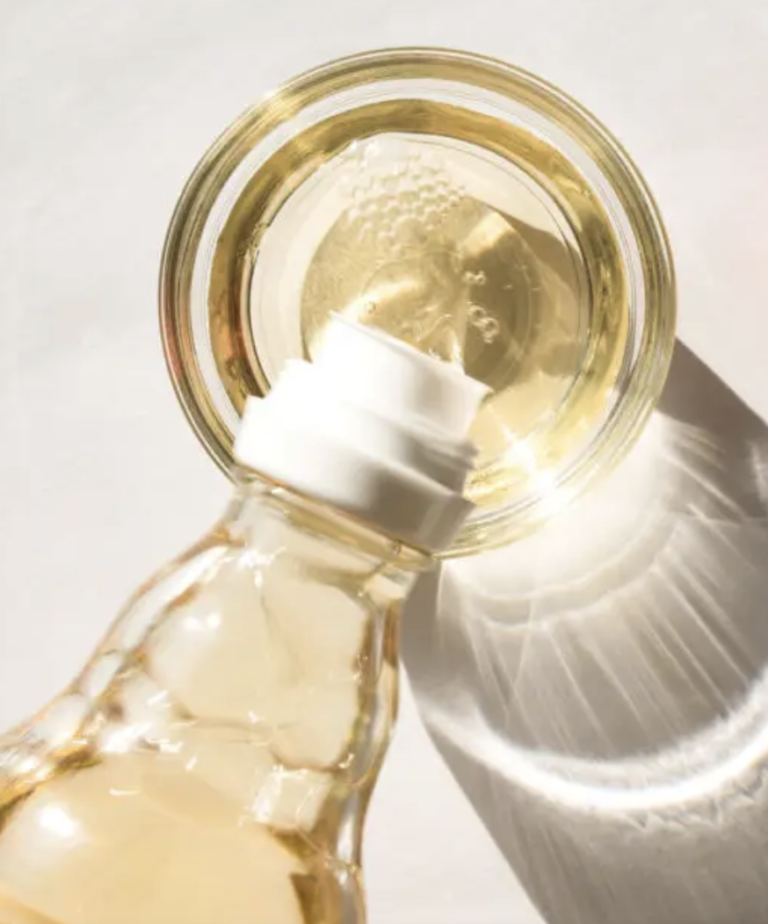
Ah, mint! That wonderfully fragrant, refreshingly zesty herb that can transform dishes, desserts, and drinks from ordinary to extraordinary. Whether you’re a culinary enthusiast eager to add a burst of flavor to your meals or a home cook looking to preserve the freshness of this delightful herb, knowing how to store fresh mint properly is essential. Today, we’re diving into the best methods to keep your mint leaves fresh and ready to elevate your cooking and baking to new heights.
Why Store Fresh Mint?
Fresh mint leaves are a powerhouse of flavor, indispensable in a wide array of recipes—from invigorating salads and main dishes to delectable desserts and refreshing beverages. The key to harnessing this herb’s vibrant taste lies in how you store mint. Proper storage not only extends its shelf life but also maintains its essential oils, ensuring that minty zest remains potent in every leaf.
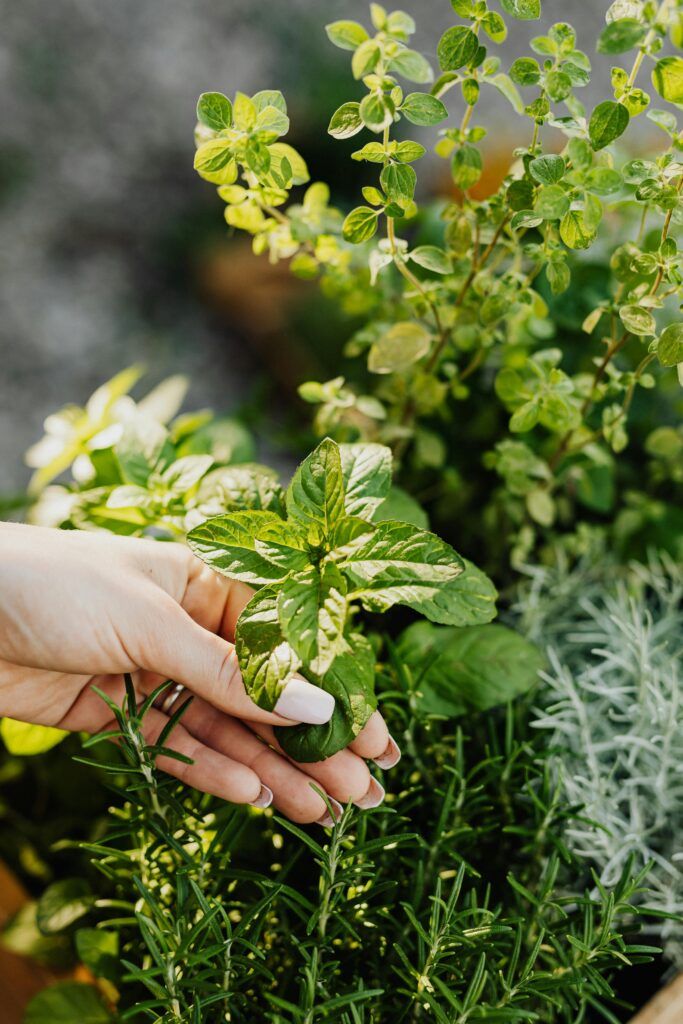
How to Store Fresh Mint
Store Mint in the Fridge
One popular method to store fresh mint involves using paper towels and a plastic bag. This technique is perfect for keeping your mint fresh for a week or more. Here’s how:
- Gently Rinse and Dry: Start by lightly rinsing your fresh mint leaves under cold water to remove any dirt. Carefully pat them dry with paper towels, ensuring they’re moisture-free.
- Wrap in Paper Towels: Lay out a few paper towels and place the mint leaves in a single layer. Cover with another paper towel and gently roll it up. The paper towels will absorb any excess moisture, preventing the mint from getting soggy.
- Place in a Plastic Bag: Slide the paper towel-wrapped mint into a plastic bag. Seal the bag, leaving a small opening for air circulation.
- Store in the Fridge: Place the bag in a cooler section of your refrigerator, ideally in the vegetable drawer.
This method keeps your mint leaves vibrant, ready to add a fresh touch to your next meal or salad.
Freeze Mint for Long Term Storage
For long-term storage, freezing mint is an excellent option. Using an ice cube tray not only preserves the mint but also offers a convenient way to use it in future cooking. Here’s how to store mint using this method:
- Chop the Mint: Begin by finely chopping your fresh mint leaves. This step releases the oils, maximizing the mint’s flavor.
- Fill Ice Cube Tray: Distribute the chopped mint evenly into the compartments of an ice cube tray.
- Add Water: Pour water over the mint, filling each compartment. The water protects the mint, preserving its color and flavor.
- Freeze: Place the ice cube tray in the freezer and freeze until solid.
- Transfer to a Freezer Bag: Once frozen, pop the mint ice cubes out and transfer them to a freezer bag. Label the bag with the date, and return it to the freezer.
Frozen mint cubes are perfect for adding directly to dishes, desserts, or drinks, offering a burst of fresh mint flavor whenever you need it.
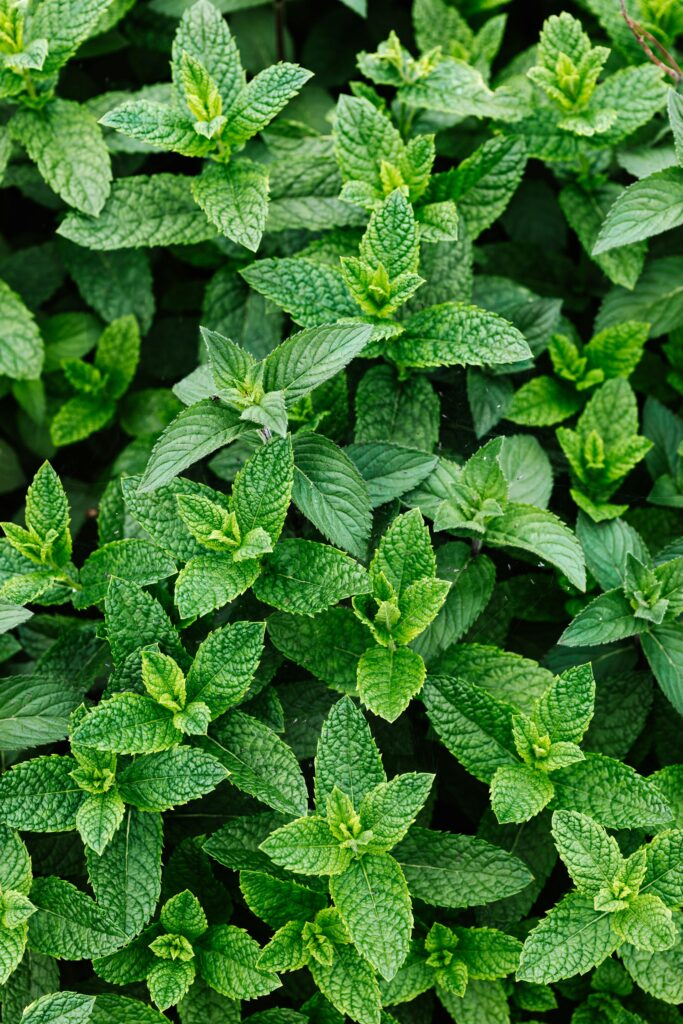
How to Store Mint Leaves
If you prefer to store mint leaves whole, using a freezer bag is an effective alternative:
- Prepare the Mint: After rinsing and thoroughly drying the mint leaves, remove any stems.
- Layer in Freezer Bag: Place the mint leaves in a single layer in a freezer bag. If you have more leaves, use additional bags rather than overstuffing a single one.
- Remove Air and Seal: Press out as much air as possible from the bag before sealing. This step reduces freezer burn and preserves the mint’s quality.
- Freeze: Lay the bag flat in the freezer. This method keeps the mint leaves relatively free from ice crystals and clumping.
Whenever you’re ready to infuse your food with minty goodness, simply take out the desired amount of leaves, and they’re ready to use—no thawing necessary!
Tips for Using Fresh Mint in Your Cooking
Fresh mint is more than just a garnish on your plate; it’s a versatile herb that can add depth, freshness, and a burst of flavor to a wide variety of dishes. Here are five tips to help you incorporate fresh mint leaves into your cooking, transforming simple meals into extraordinary culinary experiences.
- Balance with Bold Flavors: Mint has a potent flavor that can stand up to other strong tastes. Use it to balance the richness of meaty dishes or to add a fresh contrast to spicy foods. Incorporating mint into lamb dishes, for instance, can create a classic flavor pairing that elevates the meal.
- Add at the End: To preserve its vibrant flavor and color, add fresh mint to your dishes towards the end of the cooking process. This is especially important in hot dishes, as prolonged heat can diminish the mint’s freshness and color. For salads, tossing mint leaves in at the last moment keeps their texture and aroma intact.
- Bruise the Leaves: Before adding mint to cocktails, desserts, or even water, gently bruise the leaves between your fingers. This action releases the essential oils, maximizing the herb’s aroma and flavor. It’s a simple trick that can significantly enhance the sensory experience of your dishes or drinks.
- Pair with Fruits and Desserts: Mint and sweet flavors are a match made in heaven. Chop fresh mint leaves and sprinkle them over fresh fruit salads, or incorporate them into desserts like chocolate mint brownies or mint-infused ice cream. The herb adds a refreshing note that complements the sweetness of fruits and desserts.
- Create Infused Oils and Butters: For a creative way to use mint in your cooking, infuse it into oils or butters. Gently heat olive oil or melt butter and add a handful of fresh mint leaves. Let the mixture cool, then strain out the leaves. These mint-infused condiments can add a subtle yet distinctive flavor to grilled vegetables, pasta dishes, or even spread over warm bread.
By following these tips, you can start using fresh mint in your cooking to add a layer of complexity and freshness to your meals. Whether you’re making a hearty dinner, a light salad, or a sweet treat, mint can elevate your cooking from good to gourmet with just a few leaves.

My Favourite Recipes with Mint
- Lemon Blueberry and Mint Loaf Cake
- Blueberry Lime and Mint Mocktail
- Grilled Watermelon Salad with Fresh Mint
- Homemade Mint Tea
Final Thoughts
Storing mint correctly ensures that you’ll always have this versatile herb at your fingertips, ready to enhance your recipes with its unique flavor. Whether you’re garnishing a dish, crafting a mint-infused dessert, or brewing a comforting tea, mint adds a refreshing twist that elevates the ordinary to the extraordinary. By following these storage tips, you can enjoy the full potential of fresh mint in your cooking adventures, making every meal and every view of your food a testament to the power of fresh ingredients.
Remember, the key to great cooking is not just the recipe but the quality of your ingredients. By storing your mint properly, you ensure that its vibrant flavor and aroma are preserved, ready to make your next culinary creation unforgettable. So, go ahead, store your mint with confidence, and let your cooking shine with the fresh, invigorating taste of mint!

Christopher is a food and lifestyle expert, recipe developer and the content creator behind May Eighty Five. With years of experience in the kitchen, he also shares tips, tricks and how to’s that he has learnt over the years. Every week, he shares quick, simple and mostly healthy recipes along with some home and entertaining tips. You will find flavorful cocktails, delicious appetizers, tasty mains and some indulgent desserts. As a home decor enthusiast, he also likes to share simple DIY projects and simple tips for a beautiful home.



